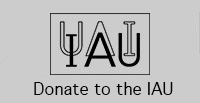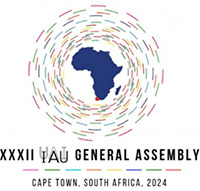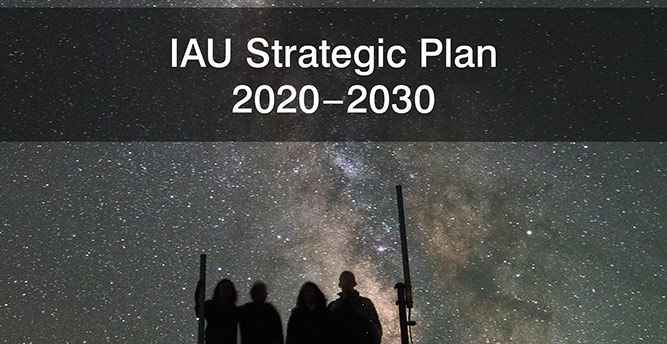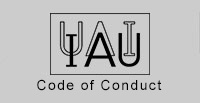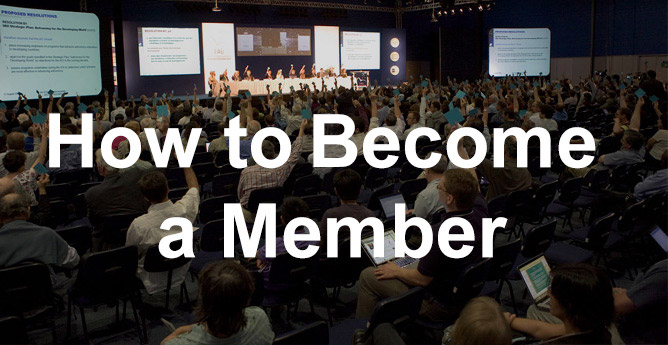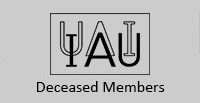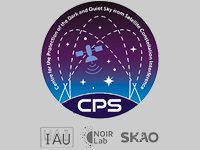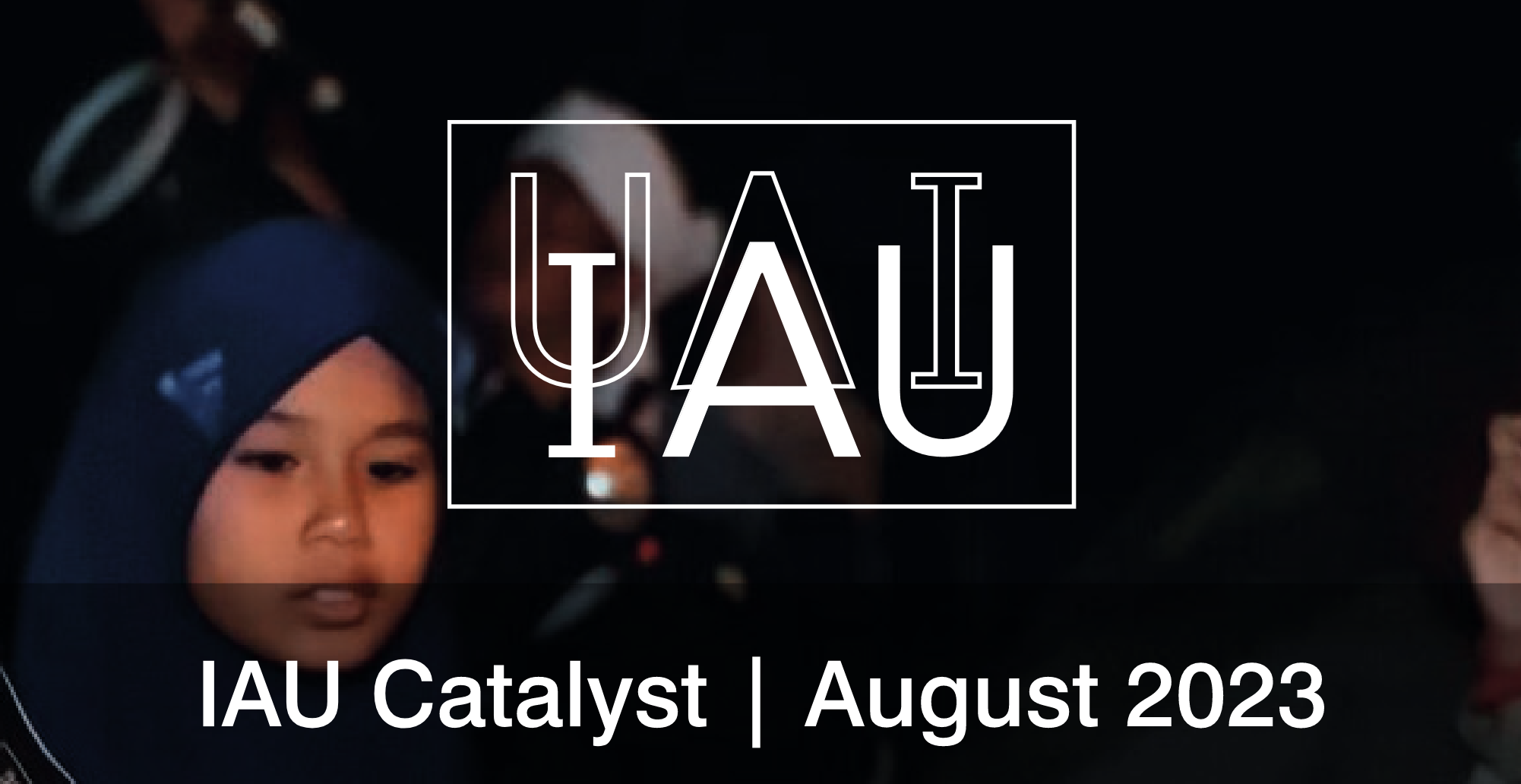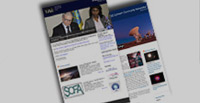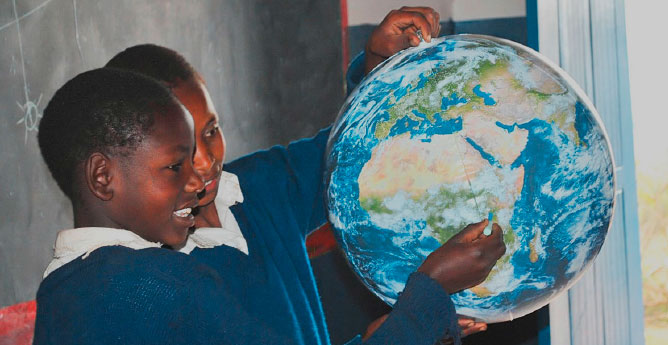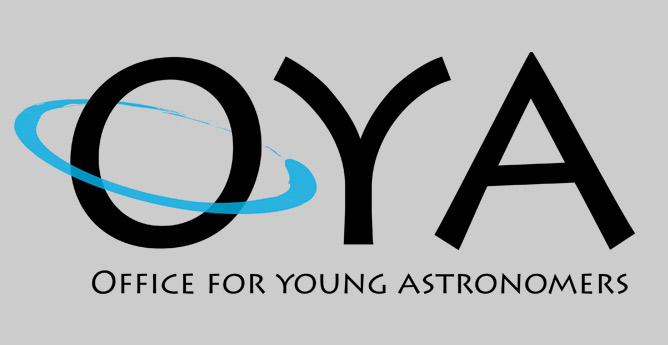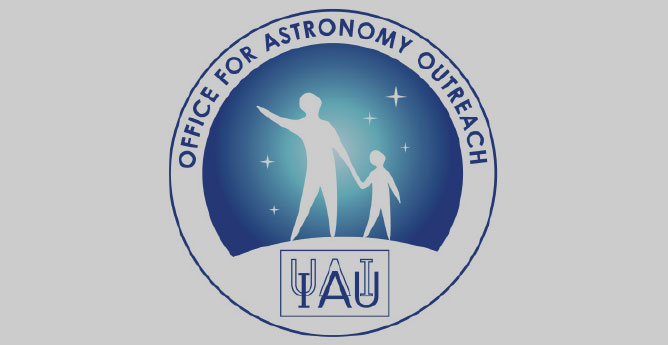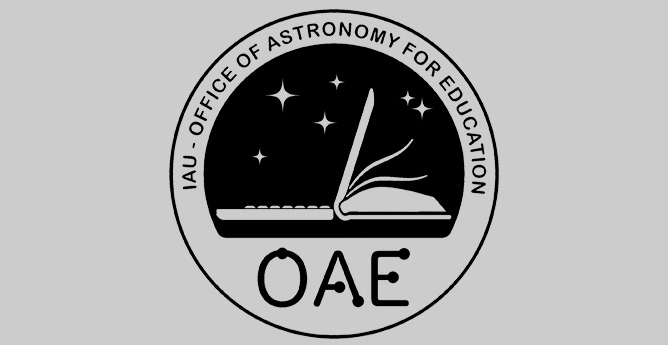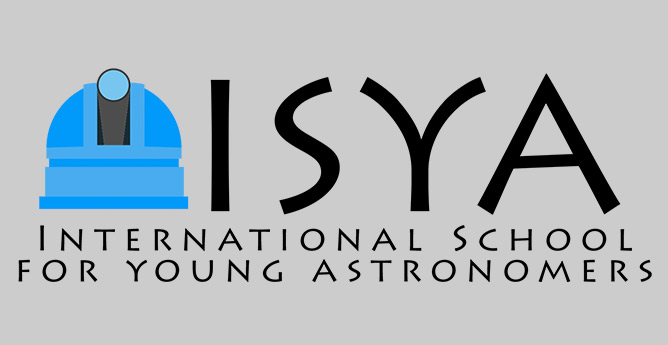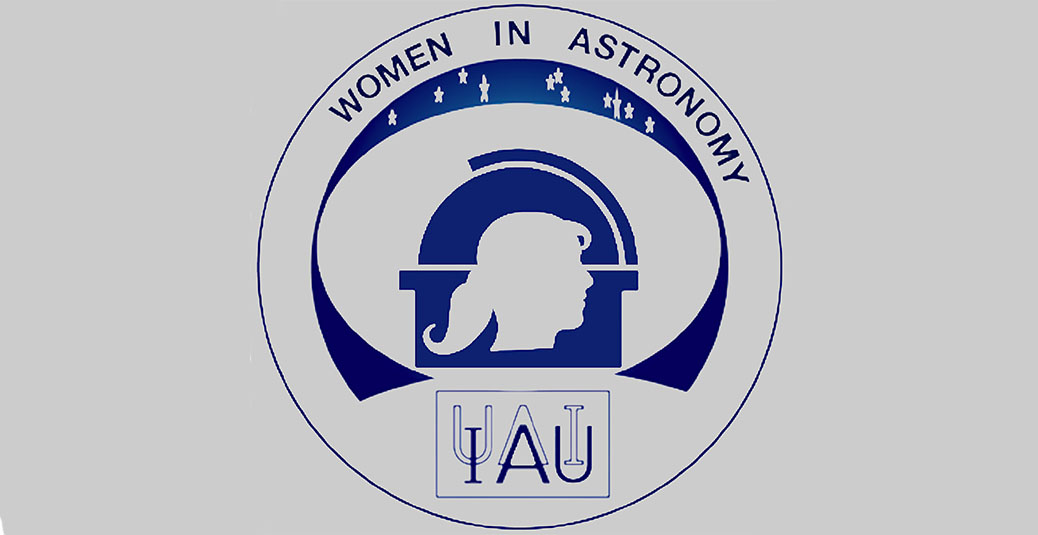- News
- Science
- Scientific Bodies
- Divisions
- Commissions
- Commission A1 Structure
- Commission A2 Structure
- Commission A3 Structure
- Commission A4 Structure
- Commission B1 Structure
- Commission B2 Structure
- Commission B3 Structure
- Commission B4 Structure
- Commission B5 Structure
- Commission B6 Structure
- Commission B7 Structure
- Commission C1 Structure
- Commission C2 Structure
- Commission C3 Structure
- Commission C4 Structure
- Commission C5 Structure
- Commission D1 Structure
- Commission E1 Structure
- Commission E2 Structure
- Commission E3 Structure
- Commission E4 Structure
- Commission F1 Structure
- Commission F2 Structure
- Commission F3 Structure
- Commission F4 Structure
- Commission G1 Structure
- Commission G2 Structure
- Commission G3 Structure
- Commission G4 Structure
- Commission G5 Structure
- Commission H1 Structure
- Commission H2 Structure
- Commission H3 Structure
- Commission H4 Structure
- Commission J1 Structure
- Commission J2 Structure
- Commission J3 Structure
- Commission X1 Structure
- Commission X2 Structure
- Past Commission Organising Committees
- Working Groups
- Centres
- Scientific Meetings
- Rules & Guidelines
- General Assemblies
- Meeting Proposals
- Future IAU Meetings
- General Assemblies
- EC Meetings
- Officers' Meetings
- Regional Meetings
- Symposia
- Focus Meetings
- Institutional Meetings
- IAU Offices Meetings
- IAU-Sponsored Meetings
- Letters of Intent submitted for 2024
- Letters of Intent submitted for 2023
- Letters of Intent submitted for 2022
- Letters of Intent submitted for 2021
- Letters of Intent submitted for 2020
- Past IAU Meetings
- Templates
- Other Meetings
- Grants & Prizes
- Scientific Bodies
- Publications
- IAU Publications
- IAU Strategic Plan
- Symposia
- WGSBN Bulletins
- Regional Meetings
- Information Bulletins/Catalyst
- E-Newsletters
- Focus Meetings
- Transactions A
- Transactions B
- Related Publications
- GA Newspapers
- CAPjournal
- IAU Books
- Brochures
- IAU Offices
- WG Reports
- Commission Reports
- Division Reports
- Past IAU Publications
- Rules, Guidelines and Instructions for Proceedings
- Publishers
- IAU Publications
- Administration
- About the IAU
- Statutes & Rules
- IAU Policies
- IAU Executive Bodies
- IAU Secretariat
- Resolutions
- Members Administration
- Administrative Dates & Deadlines
- International Organisations Relations
- Donate to the IAU
- Training in Astronomy
- Astronomy for Education
- Astronomy for Development
- Astronomy for the Public
- Office for Astronomy Outreach
- FAQ
- Themes
- Satellite Constellations
- Astronomy in Everyday Life
- How to Report a Discovery
- Careers in Astronomy
- Defining our Place in the Cosmos
- The Constellations
- Light Pollution
- Measuring the Universe
- Near Earth Objects
- How to Participate in Astronomy Research
- Naming of Astronomical Objects
- Naming of Exoplanets
- Buying Star Names
- Naming Stars
- Pluto and the Solar System
- IAU Member Statistics
- Our Moon: the Moon
- Meteors & Meteorites: The IAU Definitions of Meteor Terms
- UNESCO-IAU Portal to the Heritage of Astronomy
- Social Media
- Past Events
- Call for Online Resources
- Astronomy@Home Awards
- Contact

Aleksej M. Fridman
Russian Federation
1940-2010
Obituary:
A.M. Fridman graduated from Novosibirsk State University in 1963. In 1966 he defended his thesis on "Some questions in the stability theory of in-homogeneous plasma in a magnetic field"; in 1972 - a doctoral thesis on "The stability theory of the gravitating ionized media". Full member of Russian Academy of Sciences (2000, Corresponding Member of the Russian Academy of Sciences since 1994). Laureate of the USSR State Prize ("For the prediction of the system of new satellites of Uranus", 1989), laureate of the State Prizes of Russian Federation ("For the study of the dynamic properties of galaxies", 2003; "For pioneering discoveries in the field of galaxies physics of the intergalactic medium and relativistic objects", 2008).
Author of more than 250 publications in various fields of physics. At the end of 1960 A.M. Fridman creates an informal group (V.L.Polyachenko, I.G.Shukhman, A.G.Morozov, V.I.Klimenko et al.) at the Novosibirsk INP aimed at application and development plasma physics methods in stability theory of gravitating systems. In 1971, the group is transformed into "Laboratory of Dynamics of Space Plasma" based SibIZMIR, Irkutsk. The main results of the work on the stability theory for layer, disc, sphere, and cylinder were published in the first monograph (together with V.L. Polyachenko) "Equilibrium and stability of gravitating systems", published in 1976 - the first modern book on stellar and galactic dynamics. A number of important results have been obtained in cooperation with scientists from Kurchatov Institute in Moscow, in particular, with A.B. Mihaylovskij. Some latest results (non-Jeans instabilities, etc.) were included in the two-volume monograph (together with V.L. Polyachenko) «Physics of Gravitating Systems», which appeared in English in «Springer» in 1984.
Since 1979, after moving to Moscow, he begins to work on the hydrodynamic theory of spiral structure formation in galaxies (with A.G.Morozov et al.). They investigated the Kelvin-Helmholtz in-stability in the rotating medium, and instability due to circular velocity jump observed outside nuclei in some nearby galaxies. The equivalence of equations of plane hydrodynamics and shallow water equations allowed one to conduct laboratory experiments simulating the formation of galactic spiral arms in shallow water set-up (in Kurchatov Institute, together with M.V.Nezlin et al.). The anticyclones in the velocity field discovered in the experiment were found later in spiral galaxies after implementation of "VORTEX" program of recovery of three velocity components of gas from the observed line-of-sight velocities (together with V.L. Afanasiev, V.V. Lyakhovich, O.V.Khoruzhij et al.).
At the same time, A.M. Fridman initiates a study of planetary rings. By the beginning of 1985 he, together with N.N. Gor'kavyi, resolved the main problem of Saturn's rings, including their origin, dynamics and stratification. In 1985, they put forward a hypothesis about the existence of unknown satellites of Uranus and gave estimated for radii of their orbits on the basis of simple resonance relations with the already-known radii of Uranus rings. American Voyager-2 confirmed the existence of the satellites in early 1986. For the prediction of new satellites of Uranus system, Gorkavyy and Fridman were awarded the USSR State Prize in 1989. Works on the planetary subject constitute a basis for a monograph "Physics of planetary rings" written both in Russian (1994) and in English (1999).
His studies on dynamical properties of galaxies have been awarded two State Prize of Russian Federation in 2003 and 2008.
Past affiliation(s) within the IAU
- Past Organizing Committee Member of Commission 33 Structure & Dynamics of the Galactic System (1997-2000)
- Past Organizing Committee Member of Commission 33 Structure & Dynamics of the Galactic System (1994-1997)
- Past Organizing Committee Member of Commission 33 Structure & Dynamics of the Galactic System (1991-1994)
- Past Member of Division VII Galactic System
- Past Member of Commission 33 Structure & Dynamics of the Galactic System
Search individual members
